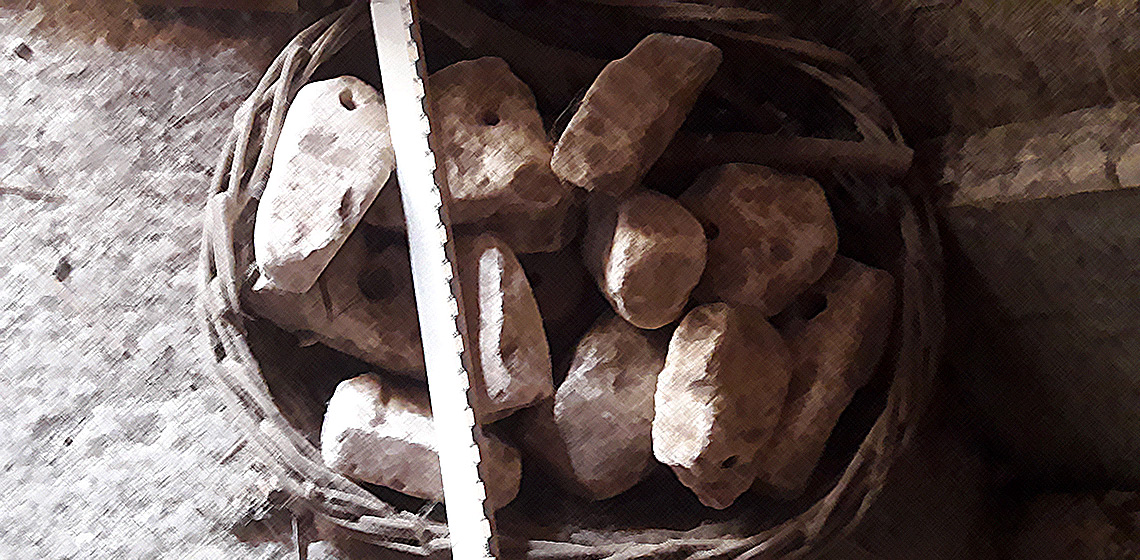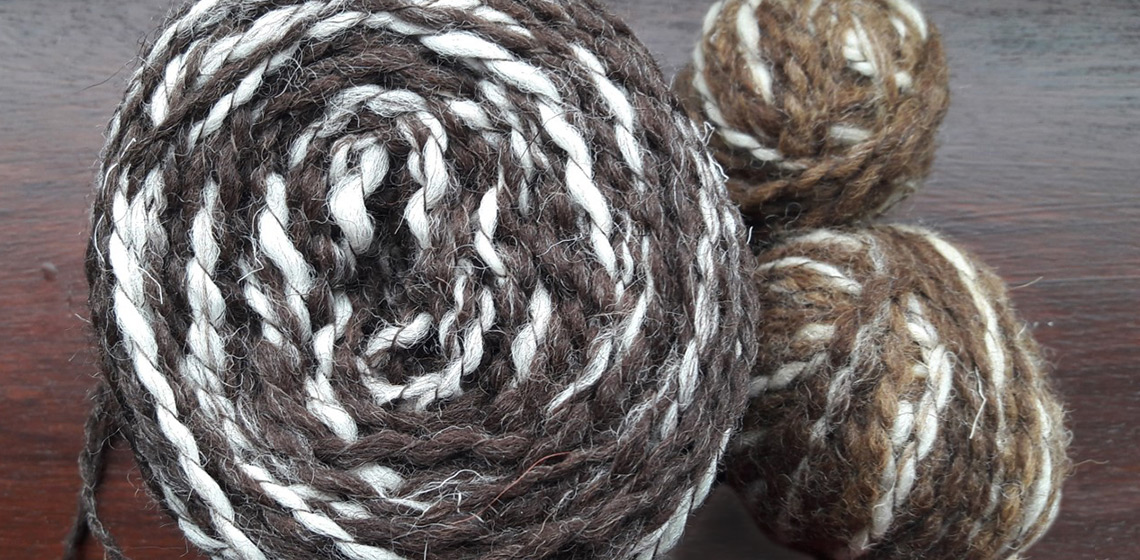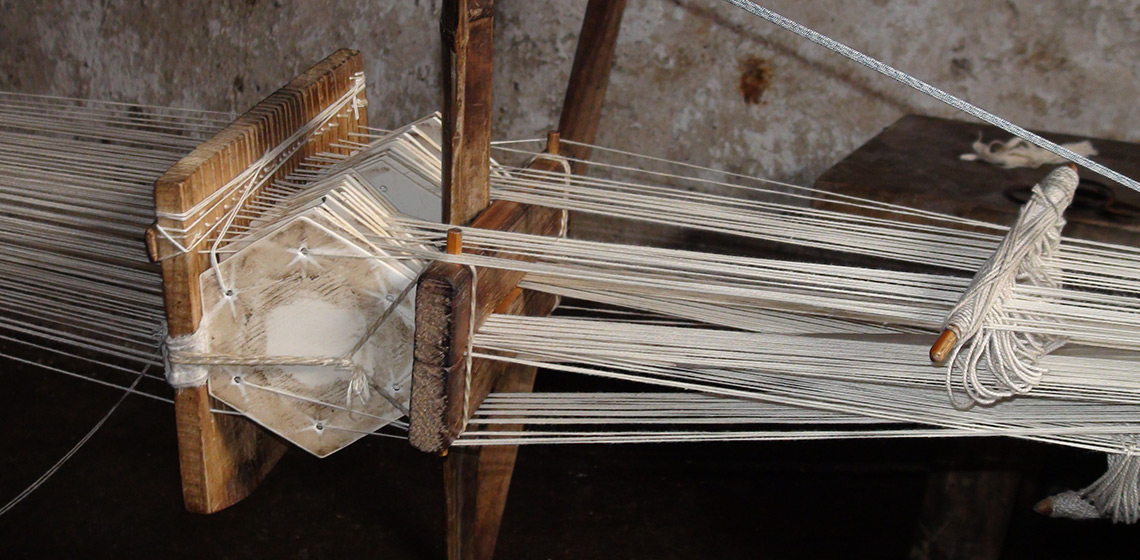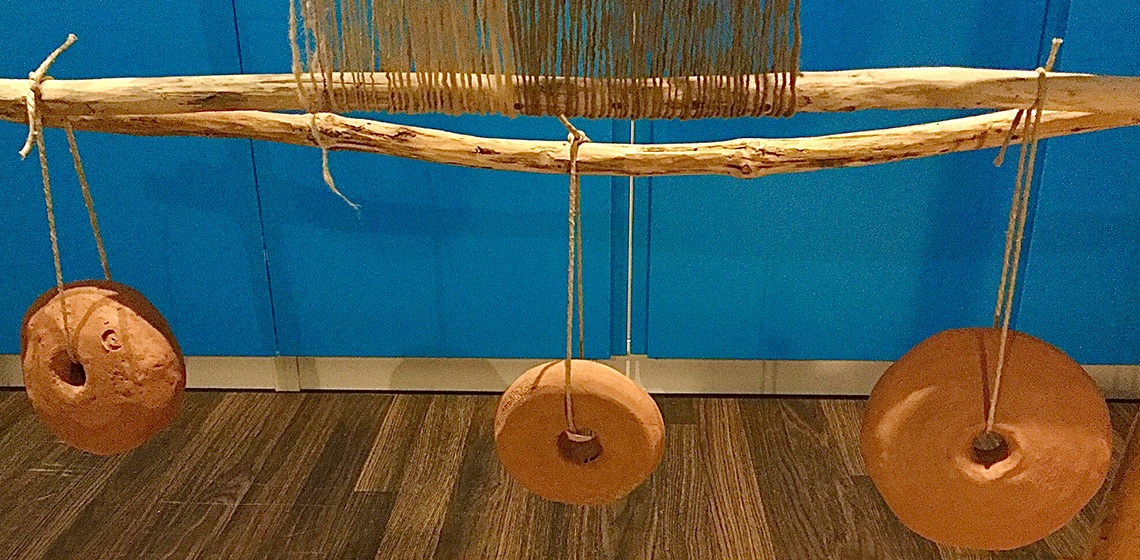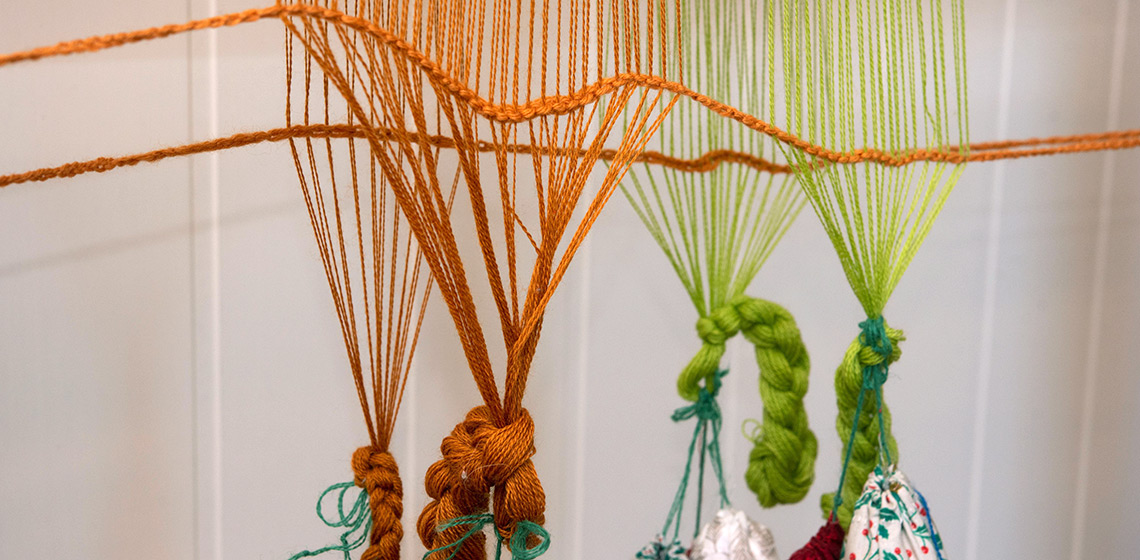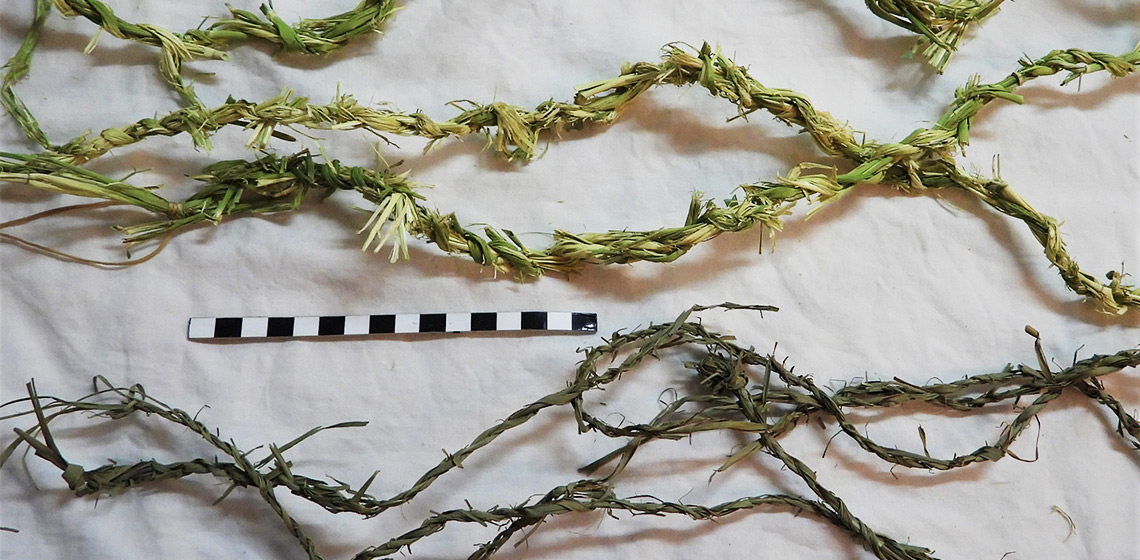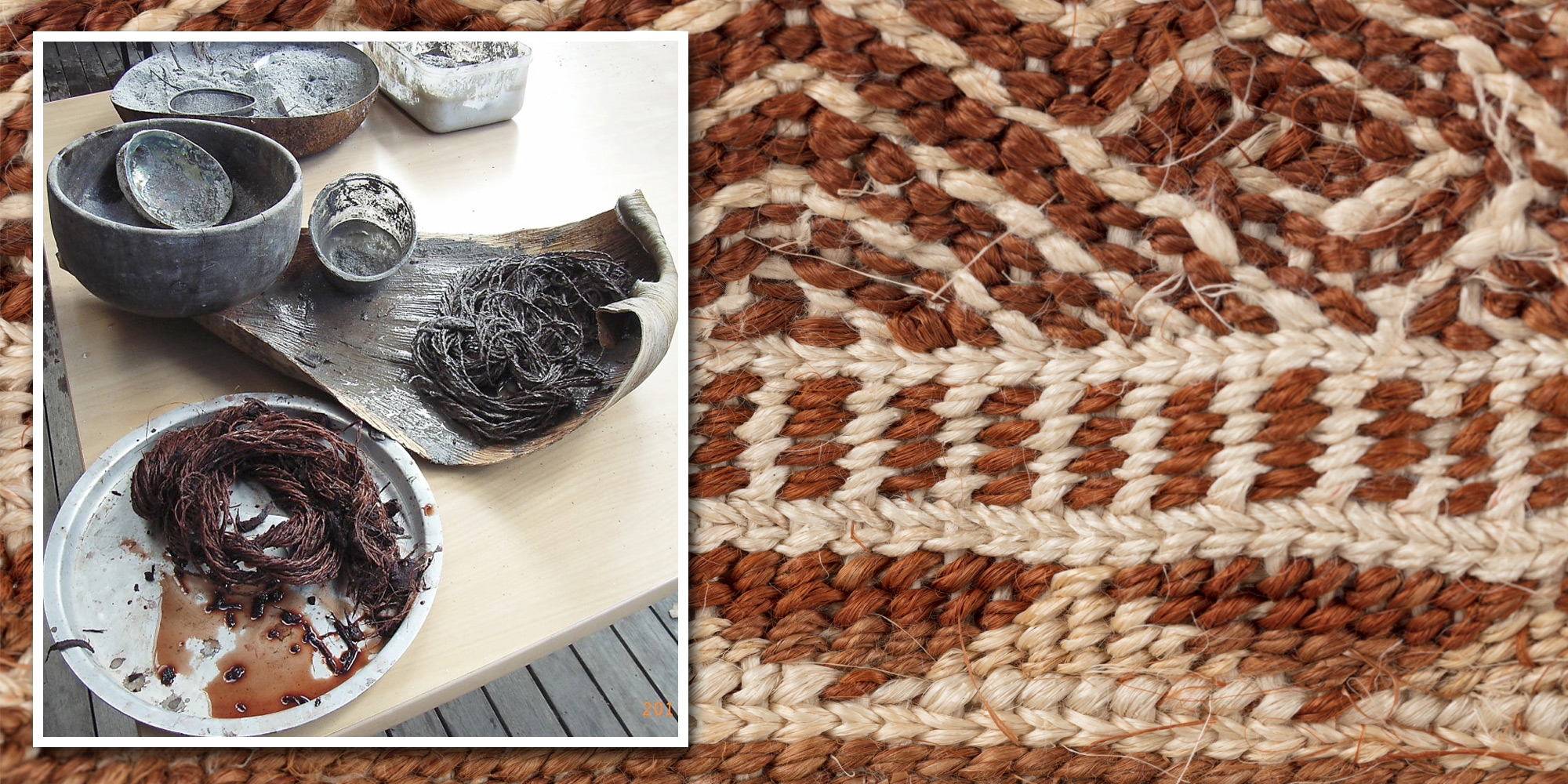weaving
Just how practical is it to Move a Warp-weighted Loom from between the Interior and Exterior of a Roundhouse?
Weaving Production in Butser Ancient Farm Roundhouses in the South of England
A Shared Warp: The Woven Belts of the Lao Han People, China
The renowned weaver Peter Collingwood briefly mentioned such belts in his book The Techniques of Tablet Weaving (Collingwood, 1982, pp.219-220). Not long before he died in 2008, he contributed a couple of pages on these belts to the book Minority Textile Techniques: Costumes from South-West China (Collingwood, 2007, pp.28-29).
An Experiment with the Warp-weighted Loom and Heavy Loom Weights. The Case of the Giant Refractory Ceramic “Doughnuts” from North Piedmont, Italy
The Shroud of Turin and the Extra Sheds of Warping Threads. How Hard can it be to Set up a 3/1 Chevron Twill, Herringbone on a Warp-weighted Loom?
Groundstone Indications from the Southern Levant for a 7th Millennium BCE Upright Mat Loom
Testing Mesoamerican Lunate Artifacts as Possible Crescent Loom Weights
Review of the Research
Research over the past century has demonstrated woven textiles played an important role in Mesoamerica from the Classic period (AD 250-900) through contemporary cultures.
Working with Artisans; The ‘It Depends’ Dilemma
Replication of a Maori Ethnographic Textile Hem Border Pattern
***Replication of archaeological and ethnographic Māori textiles, under the direction of customary knowledge and previous practical experience, can provide a more nuanced understanding of the manufacture of taonga (treasures) made from fibre materials. A case study is presented here from the unique perspective of a weaver who...
